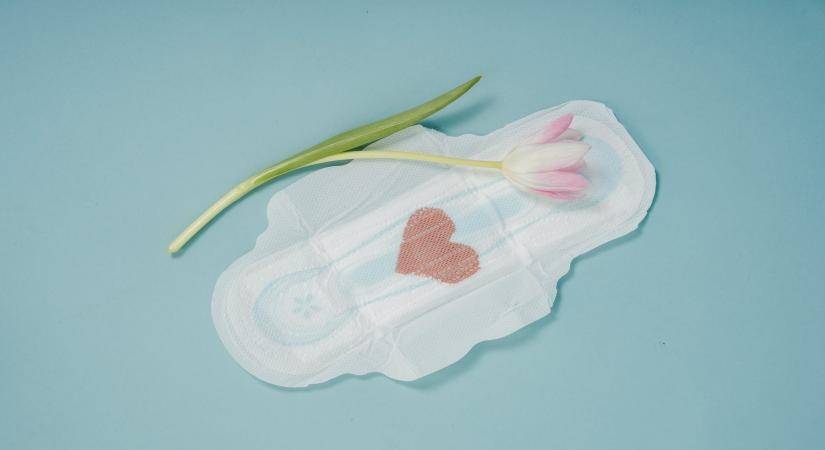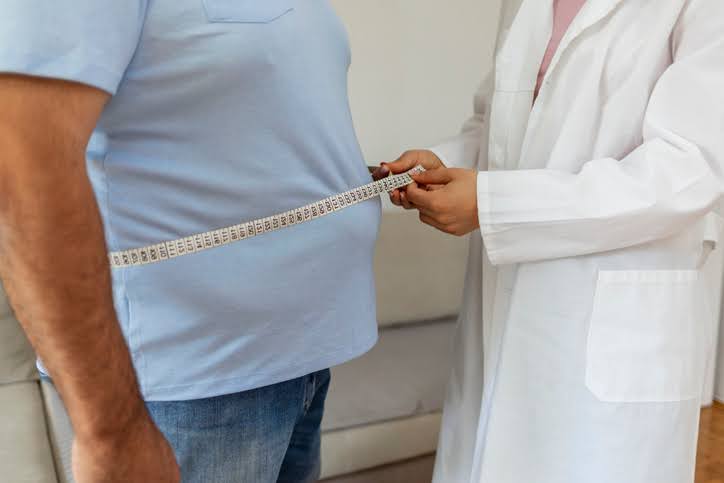Estrogen plays an important role in bone metabolism. Calcium in the bones is normally in a state of equilibrium, with calcium leaving the bone being replaced by calcium entering the bone at any given time…writes Puja Gupta.
Menopause is a happy period for most women, but it’s not that simple. Menopause symptoms are well known, however, most women are unaware of a stage prior to menopause known as perimenopause. The condition and related symptoms are not common knowledge.
Perimenopause – The term means “around menopause” when a woman’s body prepares for menopause. There is a depletion of estrogen or female hormone levels and women may not have monthly menstruation and thus cannot ovulate.
Dr Kavya Krishnakumar, Consultant Obstetrics and Gynaecology at Motherhood Hospital, Chennai says that perimenopausal symptoms typically appear in women in their mid-forties. It is also possible that a woman would skip this stage entirely and go straight to menopause.
Heavy Bleeding
It’s likely that your cycles are heavier because the lining of your uterus is thicker before being shed, says the expert. “A reduction in the hormone progesterone triggers this. It can also worsen other problems, such as fibroids (uterine wall growths). If oestrogen production is abnormal, small quantities of the uterine lining or endometrium can be shed, resulting in irregular vaginal bleeding. The time between ovulatory events can grow longer. The endometrium begins to grow throughout this period and can become very dense.”

Changes in your cycle
The first symptoms of menopause are typically shifts in one’s period. Your time, for example, may begin to occur every six to eight weeks. You may have to wait a few months before it reappears. From time to time, you can experience a heavier or lighter flow. It’s important to note, however, that you can still become pregnant during perimenopause, the doctor points out.
“As a result, continue to use birth control as normal in the months leading up to menopause. Also, if you haven’t had your period in a while and aren’t sure if perimenopause has begun, a pregnancy test is a good place to start.”
Hot Flashes
You become flushed and begin to sweat for 5 to 10 minutes. Some women become slightly wet, while others become absolutely saturated in sweat. When you are awakened in the early hours of the morning, you can experience night sweats, she says.
Dr Krishnakumar suggests: “Deep breathing exercises can be helpful. It’s also a good idea to stay away from things like hot weather, hot drinks, and spicy foods. As a natural source of oestrogen, try black cohosh or add soy to your diet. For moderate-to-severe symptoms, consult your doctor about drugs.”
Vaginal Dryness

The vaginal canal is an estrogen-responsive organ. The vaginal lining is usually made up of cells that contain water, allowing it to expand properly. Therefore, it leads to the vaginal walls becoming flexible and expandable thus facilitating intercourse.
“However, with estrogen levels falling the condition is reversed where the tissues become thinner thus causing dryness. This can result in itchiness, soreness, and discomfort during sex, all of which can make you feel less ecstatic. Standard sex can help preserve the tone and health of the tissue. Other drug choices should be explored with your doctor.”
Sleep Problems and decreased fertility
Perimenopause is known to disrupt natural sleeping patterns; depriving women of the deep restorative sleep they require to face the day. It can make you feel exhausted and exacerbate the other perimenopause symptoms. Hormonal shifts and night sweats will wreak havoc on your sleep. Good habits like maintaining a daily schedule and having enough time to fall asleep will help. Consult your doctor about medical options if your symptoms are serious. Since the ovulation is not regular conception can be nearly impossible.

Loss of bone density
Estrogen plays an important role in bone metabolism. Calcium in the bones is normally in a state of equilibrium, with calcium leaving the bone being replaced by calcium entering the bone at any given time. “This equilibrium is disrupted as oestrogen production declines and becomes more erratic, resulting in a net calcium outflow from bone. Osteoporosis, or reduced bone density, is a common disorder caused by a significant loss of bone calcium over time.”
ALSO READ-Relation Between Menopause And Diabetes
READ MORE-Menopause and migraine













